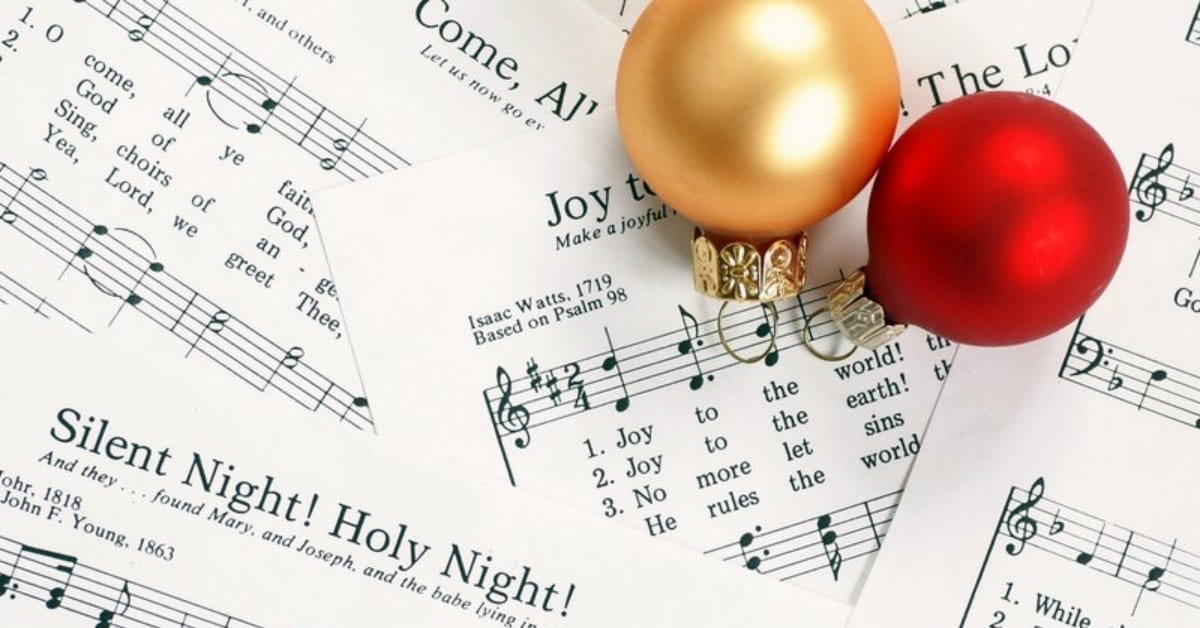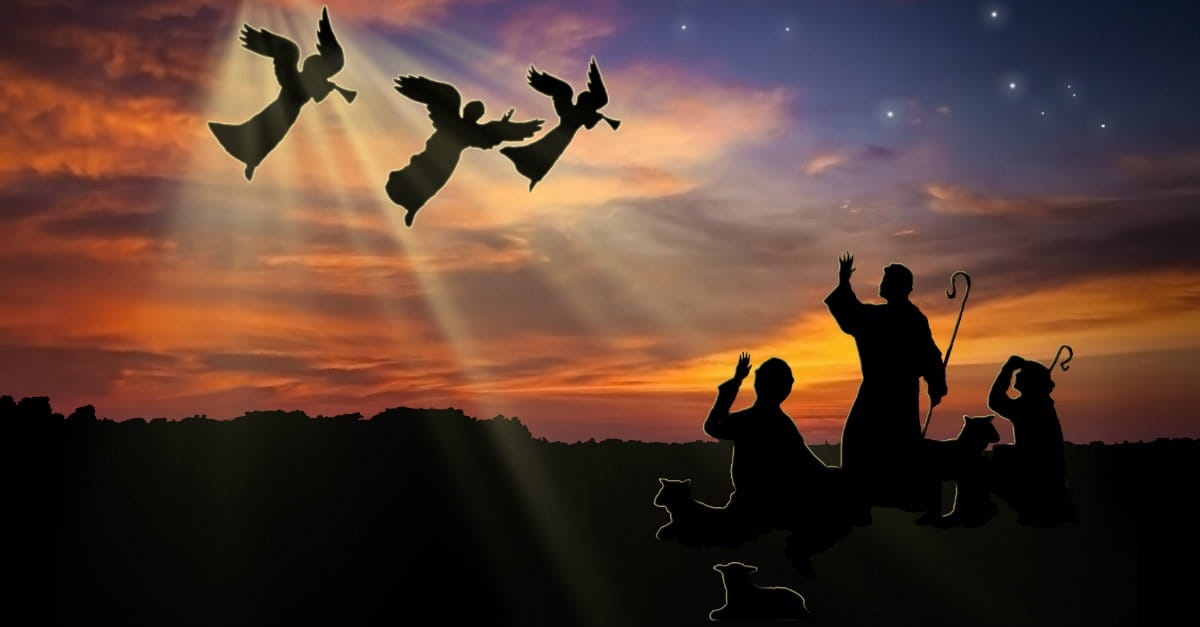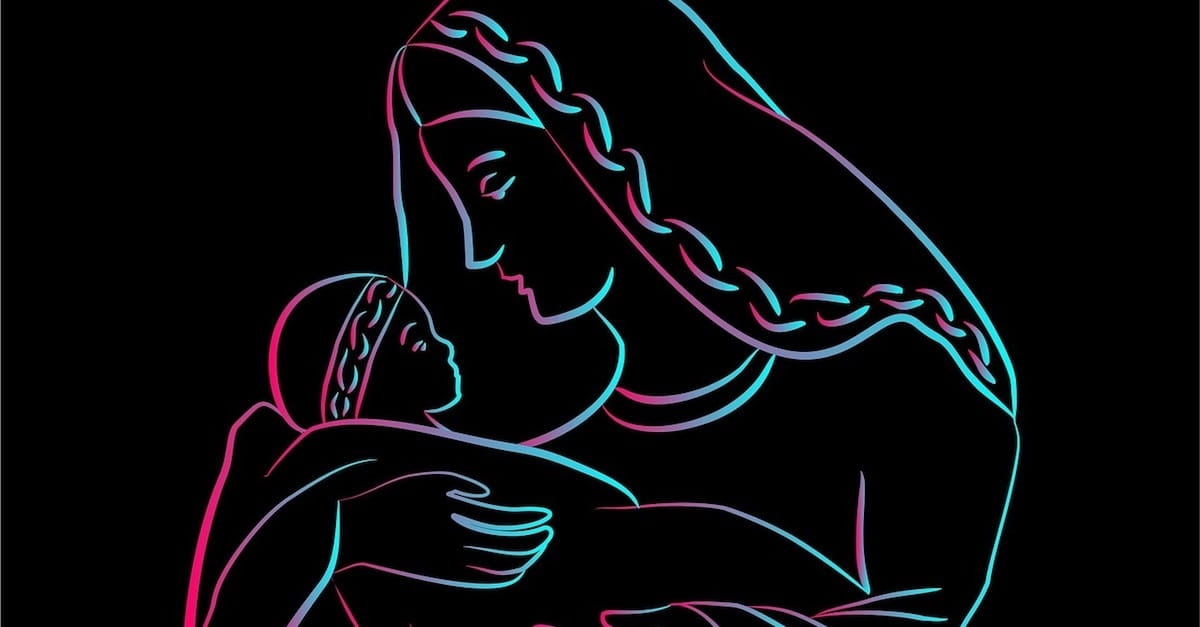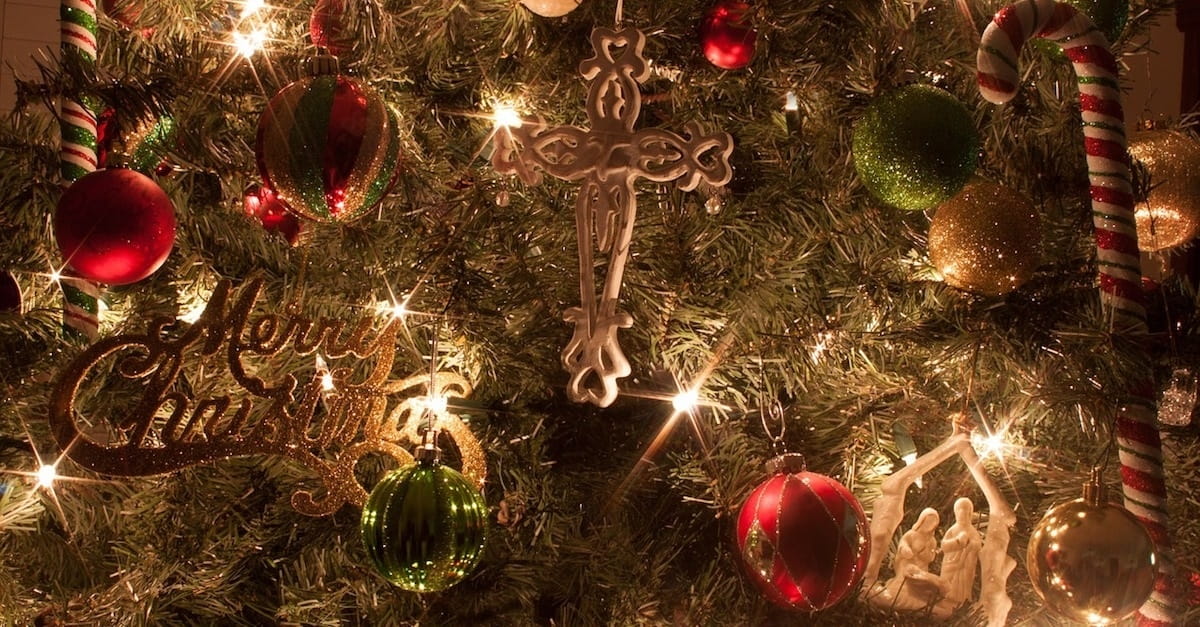
Christmas is often called the most wonderful time of year. It’s a time when we prepare our hearts and our homes for the coming of our Lord and Savior Jesus Christ. Many of us will decorate our homes, send out Christmas cards, buy gifts for loved ones and friends, and bake our favorite delicious treats.
During the holidays, we also decorate our churches and celebrate with special Christmas programs and services. One of the most special parts of the Christmas season are the carols. One of my favorite childhood Christmas memories is attending the candlelight Christmas Eve service with my parents. At midnight during the service, we would light candles and sing “Silent Night.” I smile every time I think about those memories.
“Silent Night” is one of the most well-known Christmas hymns, along with “O Come All Ye Faithful,” “O Little Town of Bethlehem,” and “We Three Kings.” There are, however, many lesser known and forgotten Christmas Carols that tell of holiday traditions old.
Photo courtesy: ©Thinkstock/MKucova
Here are 8 forgotten Christmas carols to consider adding to your list this year:
1. The “Huron Carol” (or “Twas in the Moon of Wintertime”)

Known as Canada’s oldest Christmas song, the “Huron Carol” was written in approximately 1642, by a missionary.The carol was originally written in the native language of the Huron people, and the song's original title is “Jesous Ahatonhia,” meaning “Jesus, He is born.”
The English version of the hymn uses imagery familiar to people living in the early 20th Century, in place of the traditional Nativity story. In the English version, Jesus is born in a “lodge of broken bark” and wrapped in a rabbit skin robe. He is surrounded by hunters instead of shepherds, and the wise men are portrayed as "chiefs from afar" who bring him fox and beaver pelts instead of the more familiar gold, frankincense, and myrrh. The original lyrics are now sometimes modified to use imagery for Christians who are not familiar with aboriginal Canadian cultures. The song is found in several American hymnals, including hymnals used by The Episcopal Church, The United Methodist Hymnal and Evangelical Lutheran Worship.
The song’s refrain is an uplifting tribute sung by angels:
"Jesus your King is born, Jesus is born,
In excelsis gloria."
Image credit: ©Thinkstock/mastapiece
2. “Boar’s Head Carol”

An English carol from the 15th Century, “Boar’s Head” celebrates the time-honored tradition of slaughtering a sacrificial boar and bringing its head to the Yuletide feast. According to folklorists, the boar’s head tradition probably began on the Isle of Britain by the Anglo-Saxons, although our knowledge of the custom mainly comes from medieval times. The boar’s head, with apple in mouth, was carried into the banquet hall on a gold or silver dish to the sounds of trumpets and the songs of minstrels.
In Scandinavia and England, Saint Stephen may have inherited some of this tradition’s legacy. In old Swedish art, he is shown as tending horses and bringing a boar's head to a Yuletide banquet.And while Christmas ham is an old tradition in Sweden, it may have originated as a winter solstice boar sacrifice.
One of this carol’s verses clearly celebrates a feast of sights, tastes, and sounds—festivities of the season we still enjoy today:
“The boar's head, as I understand,
Is the rarest dish in all this land,
Which thus bedeck'd with a gay garland
Let us serve with a song.”
Image credit: Unsplash.com/AnnieSpratt
3. “Adam Lay Ybounden” (or “Adam Lay in Bonds”)

“Adam lay ybounden" was written in the 15th Century by an unknown author. This Christmas Carol is unusual since it relates to the fall of man. The song’s title is said to tell the events of Genesis, Chapter 3. In medieval theology, Adam was supposed to have remained in bonds with the other patriarchs in from the time of his death until the crucifixion of Christ. The second verse narrates the Fall of Man, following Adam’s temptation by Eve and the serpent. The third verse suggests the subsequent redemption of man by the birth of Jesus Christ by Mary, who was to become the Queen of Heaven as a result, and thus the song concludes on a positive, Christmas-appropriate note.
"Blessed be the time
That apple taken was.
Therefore we may singen
Deo gratias!"
Image credit: ©Unsplash/PriyashVasava
4. “Bring a Torch, Jeanette, Isabella”

“Bring a Torch, Jeanette, Isabella” is a Christmas carol born in France during the 17th Century and was translated into English in the 18th Century. Of note, the song was not written as a Christmas carol, but instead was considered dance music for French nobility. That said, the lyrics certainly point to the Nativity story and even the title refers to two female farmhands who have found the baby and his mother in a stable. Excited by this discovery, they run to a nearby village to tell everyone. Visitors to the stable are urged to keep their voices quiet, so the newborn can enjoy his dreams. The tradition endures still today, as in the Provence region, children still dress up as shepherds and milkmaids and carry candles and torches and singing these triumphant lyrics on the way to Christmas Eve Mass:
“Softly now unto the stable,
Softly for a moment come!
Look and see how charming is Jesus.
Look at Him there, His cheeks are rosy!
Hush! Hush! See how the Child is sleeping;
Hush! Hush! See how He smiles in dreams!”
Image credit: Unsplash.com
5. “This Endris Night” (or “The Other Night”)

“This Endris Night” is quite the special and intimate Christmas carol, as it details a conversation between the young baby Jesus and his mother Mary. While this 15th Century melody predates “Silent Night” by nearly 400 years, it has a similar solemn and beautiful sound. The song goes by many titles, including “Thys Endris Night,” “Thys Ender Night” or “The Virgin and Child”. However, only two versions of the lyrics have survived over time, one of which reads:
“This lovely lady sat and sung,
And to her Child did say:
My Son, my Brother, Father, dear,
Why liest Thou thus in hay?
My sweetest bird, thus ’tis required,
Though Thou be King veray;
But nevertheless, I will not cease
To sing, By by, lullay.
The Child then spake in His talking,
And to his mother said:
Yea, I am known as Heaven-King,
In crib though I be laid.
For angels bright down to Me light:
Thou knowest ’tis no nay:
And for that sight thou may’st delight
To sing, By by, lullay.”
Image credit: ©Pixabay.com
6. “The Cherry Tree Carol”

“The Cherry-Tree Carol” is both a Christmas carol and a traditional English and Scottish children’s tune. The song itself is very old, reportedly sung in some form at the Feast of Corpus Christi in the early 15th Century, and some scholars think that the version sung today is actually three different tunes that were somehow melded together.
It tells of the Virgin Mary stop in a cherry orchard, presumably while traveling to Bethlehem with Joseph for the census. In the story, Mary asks Joseph to pick cherries for her. Joseph spitefully tells Mary to let the child’s father pick her cherries.
At this point in most versions, the infant Jesus, from the womb, speaks to the tree and commands it to lower a branch down to Mary, which it does. Joseph, witnessing this miracle, immediately repents his harsh words. The more contemporary versions sometimes end here, while others often include an angel appearing to Joseph and telling him of the circumstances of Jesus's birth. Other versions then jump ahead several years, where the next verse picks up with Jesus on his mother's lap, telling her of his eventual death and resurrection.
Image credit: ©Unsplash.com/freestocks
7. “The Wexford Carol”

“The Wexford Carol” is a traditional religious Irish Christmas carol celebrating the birth of Jesus Christ. The song has been recorded in contemporary times by the Mormon Tabernacle Choir, Celtic Women, and Yo-Yo Ma with Alison Kraus. Yet, it remains widely unknown and isn’t one you’d often hear on the radio during the holiday season, although the lyrics perfectly capture the reason behind the season:
“Good people all, this Christmas time,
Consider well and bear in mind
What our good God for us has done
In sending his beloved son
With Mary holy we should pray,
To God with love this Christmas Day
In Bethlehem upon that morn,
There was a blessed Messiah born.”
The carol was “discovered’ by W. H. Grattan Flood, who played the organ at St. Aidan's Cathedral in Enniscorthy and heard it performed by a local singer. The words and music have been known in Ireland for centuries, and the carol is traditionally sung by men only. Its gently lilting melody lends itself equally well to classical choral arrangements or traditional folk singing styles.
Image credit: ©Pixabay.com
8. “The Bleak Midwinter”

“The Bleak Midwinter" is a Christmas carol based on a poem, which was written in 1872 before being set to music in 1906. The poem details Jesus’ birth in Bethlehem and then moves to Christ’s first and second coming. It also discusses the humble surroundings of Jesus’ birth, including the stable and the animals that lived there.
“In the bleak mid-winter
A stable-place sufficed
The Lord God Almighty —
Jesus Christ.”
The poem then moves to describe the angels that attended the birth and Mary’s affection for Jesus. The carol has prompted a fair bit of theological debate and literary analysis. Some theologians have objected to its description of Jesus and heaven, while others have praised it.
The song, however, ends with an endearing message that Christmas is not all about tangible gifts, but about the intangible gift of love:
“What can I give Him,
Poor as I am? —
If I were a Shepherd
I would bring a lamb;
If I were a Wise Man
I would do my part, —
Yet what I can I give Him, —
Give my heart.”
Amy Clipston is the award-winning and bestselling author of Amish romances, including several holiday offerings: The Christmas Cat, part of An Amish Christmas Love short story collection, and A Kauffman Amish Christmas Collection, which includesNaomi’s Gift and A Plain and Simple Christmas. Her novels have hit multiple bestseller lists including CBD, CBA, and ECPA. Amy holds a degree in communication from Virginia Wesleyan College and works full-time for the City of Charlotte, NC. Amy lives in North Carolina with her husband, two sons, and three spoiled rotten cats. Visit her online at AmyClipston.com; Facebook: AmyClipstonBooks; Twitter: @AmyClipston.
This article is part of our larger Christmas and Advent resource library centered around the events leading up to the birth of Jesus Christ. We hope these articles help you understand the meaning and story behind important Christian holidays and dates and encourage you as you take time to reflect on all that God has done for us through his son Jesus Christ!
What is Christmas? Understanding History, Origin and Traditions
Christmas Eve History and Traditions
What is Advent: Definition & Meaning Behind Christmas Tradition
What Are Advent Readings & Why Are They Important?
Christmas Bible Verses & Scripture Story
Christmas Prayers
Angels of Christmas - Bible Story
Image credit: Unsplash.com/DenysNevozhai